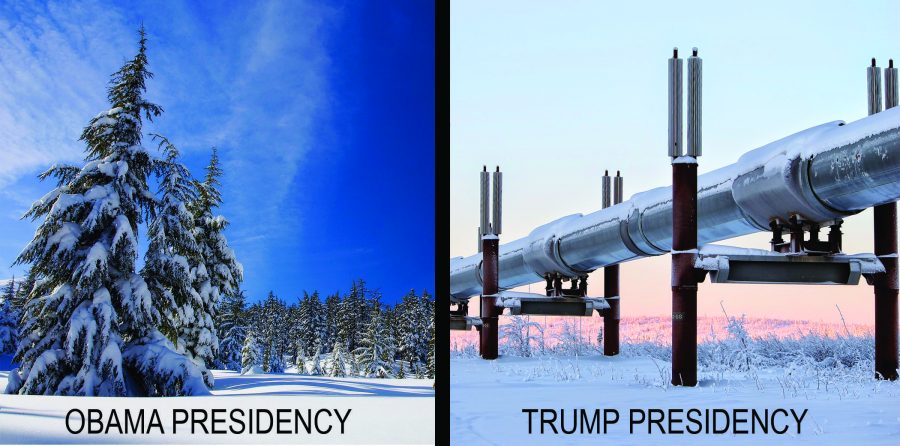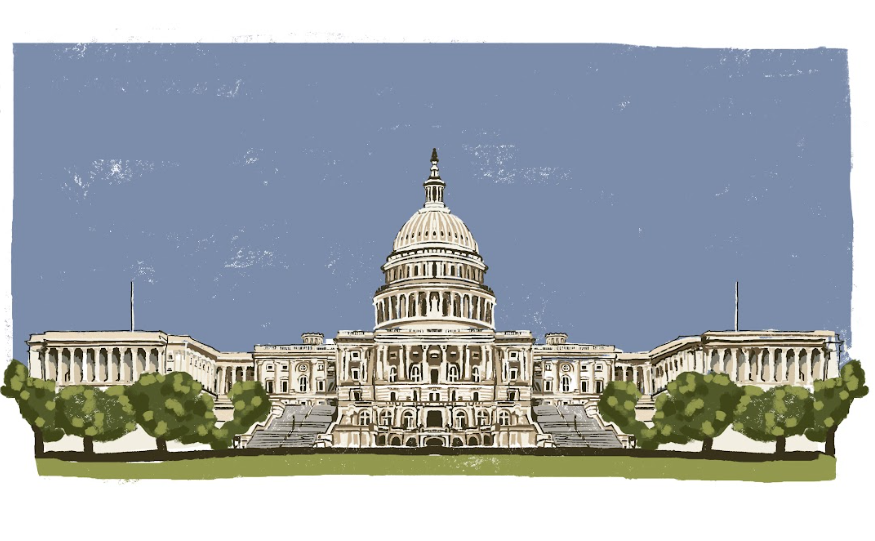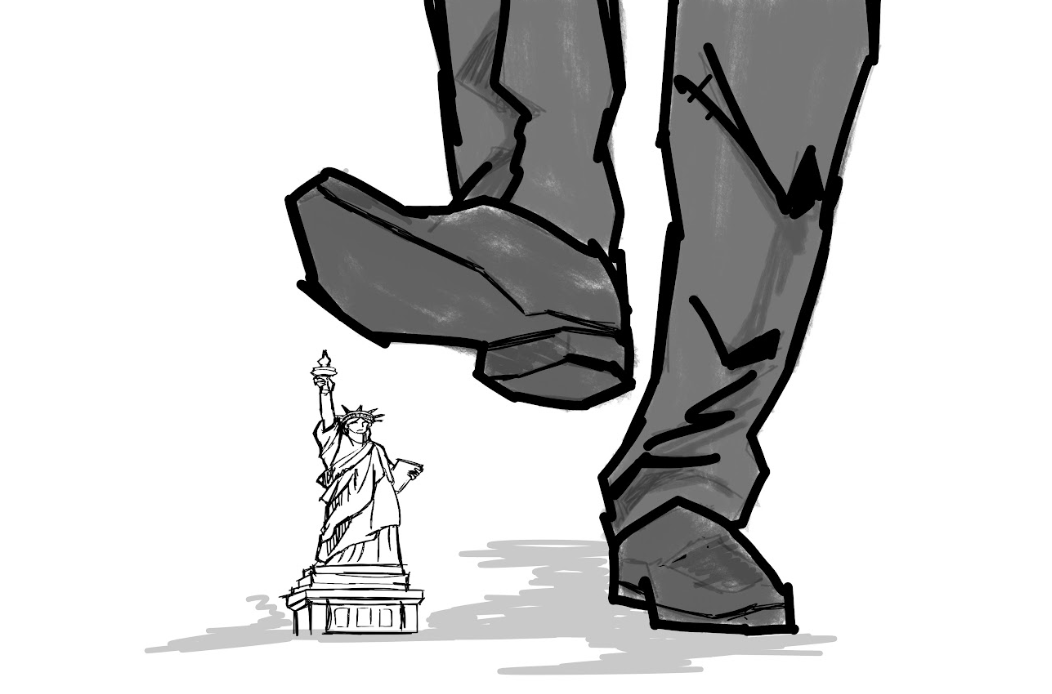In the face of a struggling coal industry, Donald Trump signed an executive order deadset to withdraw from and rewrite the Clean Power Plan (CPP). The CPP is the result of the United States’ promise by former President Obama to cut emissions by 26 percent from 2005 in the next 10 years.The CPP was set to close coal-fired power plants, stop the construction of new coal plants and replace existing coal plants with wind and solar farms.
According to Trump, the deregulation of the coal industry is set to help the U.S. economy by increasing the number of jobs available. “C’mon fellas. You know what this is? You know what this says? You’re going back to work,” Trump said last Tuesday when signing the executive order.
It is this last quote that Americans should find troublesome. Initially, President Trump is correct in saying that it will bring back jobs to the coal mining industry, but it does not end the “war on coal,” as Trump intended.
Some financial analysts express the coal industry is dying. No, it is not. Coal demand is still expected to grow over the next five years. Beijing is expected to increase consumption almost 19 percent in that time. But do not be discouraged; renewable energy has its foot in the energy business marketplace partly because of government interaction in the industry.
The questionable success of the executive order, as it is not likely to end the “war on coal,” stems from the automation of the industry. Industries, such as coal, report to shareholders who expect attractive profit margins. Large coal companies, in turn, want to avoid paying “outrageous” health benefits and lawsuits from miners, which introduces the need for the industry to cut its costs.
Other than the economics of this executive order, Americans should also be concerned with the environmental impacts of this executive order. Globally, America is the second biggest coal user in the world, and with the CPP, the U.S. cut down on emissions “bigly.” The idea behind the 2015 Paris Agreement, an energy agreement between developed countries, is to reduce emissions enough to keep the planet from heating more than 3.6 degrees Fahrenheit within the next five years. This goal is significant because after this point, scientists say the damage to the planet will be “irrevocably locked into a future of severe droughts, floods, rising sea levels and food shortages.”
Trump’s executive order could leave a huge political impact with other countries. Trump has not formally said he is withdrawing from the Paris Agreement, but with the rewriting of the CPP, it is clear Trump plans to renegotiate on the negotiations made by former President Obama.
If the U.S. withdraws from the Paris Agreement negotiations, other key nations may also withdraw from the Agreement. If a country such as Brazil, India or China withdrew, the carbon footprint could reach the point of no return. Many European countries have agreed to cut back further to make up for the loss of U.S. clean energy and increased U.S. pollution. But specific business interests continue to dominate the American political system without thinking of the consequences to people and the environment.
Financially, environmentally and politically, this executive order will harm Americans. Financially, this plan provides only a short-term relief to workers who will be replaced by automation; environmentally, the destruction of habitats and rising sea levels could destroy the planet; politically, it could send a shockwave that will accelerate the destruction of the environment.














